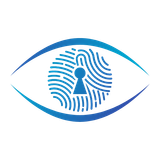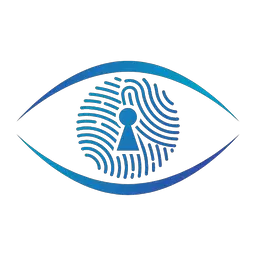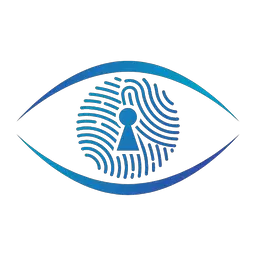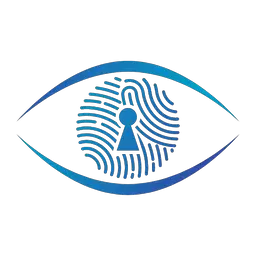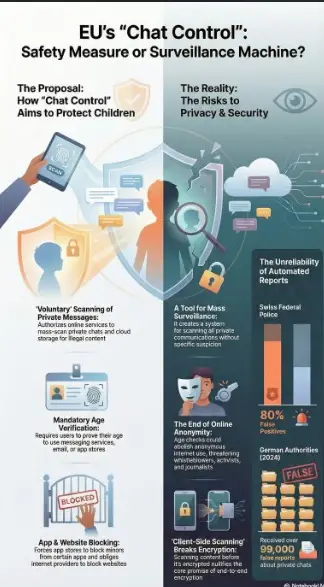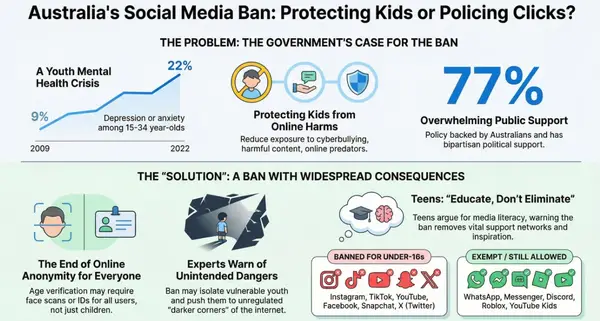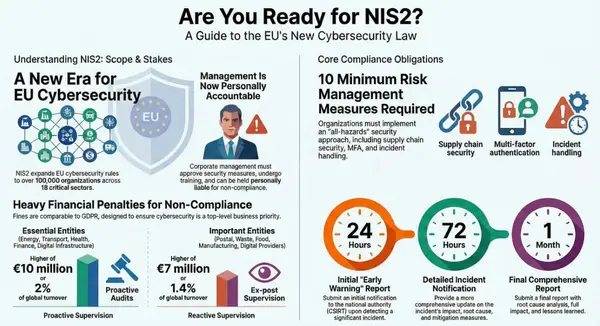The Compliance Crossroads: Your Essential 2025 Guide to Navigating AI, Data Privacy, and New Global Regulations
As of September 2025, the compliance landscape is more complex than ever. Our in-depth guide covers the essential "gotta know" topics, from the EU AI Act and SEC disclosure rules to evolving data privacy laws and supply chain mandates.

Welcome to the new era of compliance. If 2024 was the year of preparation, 2025 is the year of enforcement and adaptation. The steady hum of regulatory change has become a roar, driven by the explosive integration of Artificial Intelligence, a renewed focus on supply chain integrity, and a global consensus that data privacy is a fundamental right.
For compliance officers, CISOs, and legal teams, the challenge is no longer just about checking boxes; it's about building a resilient, adaptable framework that can withstand regulatory scrutiny and the sophisticated threats of a rapidly evolving digital world. This is your essential guide to the compliance landscape as it stands today.
1. The Age of AI Regulation Has Arrived: The EU AI Act Takes Center Stage
The most significant compliance development of 2025 is undoubtedly the enforcement of the European Union's Artificial Intelligence Act. This landmark regulation is the world's first comprehensive law on AI, and its impact is being felt far beyond the EU's borders due to its extraterritorial reach.
What You Gotta Know:
- Risk-Based Tiers: The Act categorizes AI systems into four risk levels:
- Unacceptable Risk: These AI systems are banned entirely (e.g., social scoring, real-time biometric identification in public spaces by law enforcement).
- High-Risk: This is where most businesses will fall. This category includes AI used in critical infrastructure, employment (CV-scanning), credit scoring, and medical devices. These systems face stringent requirements.
- Limited Risk: AI systems like chatbots must be transparent with users, making it clear they are interacting with a machine.
- Minimal Risk: The vast majority of AI systems (e.g., spam filters, AI in video games) fall here, with no new obligations.
- Strict Obligations for High-Risk AI: If your organization develops or deploys high-risk AI, you are now required to conduct conformity assessments, maintain robust risk management systems, ensure high-quality data governance, and provide clear information and human oversight. Failure to comply can result in fines up to €35 million or 7% of global annual turnover, whichever is higher.
- Global Impact: Similar to GDPR, if your AI system is used by EU citizens, you must comply, regardless of where your company is based. The U.S. is also seeing movement at the state level (e.g., Colorado's AI Act), creating a complex patchwork of rules that demand a flexible governance framework.
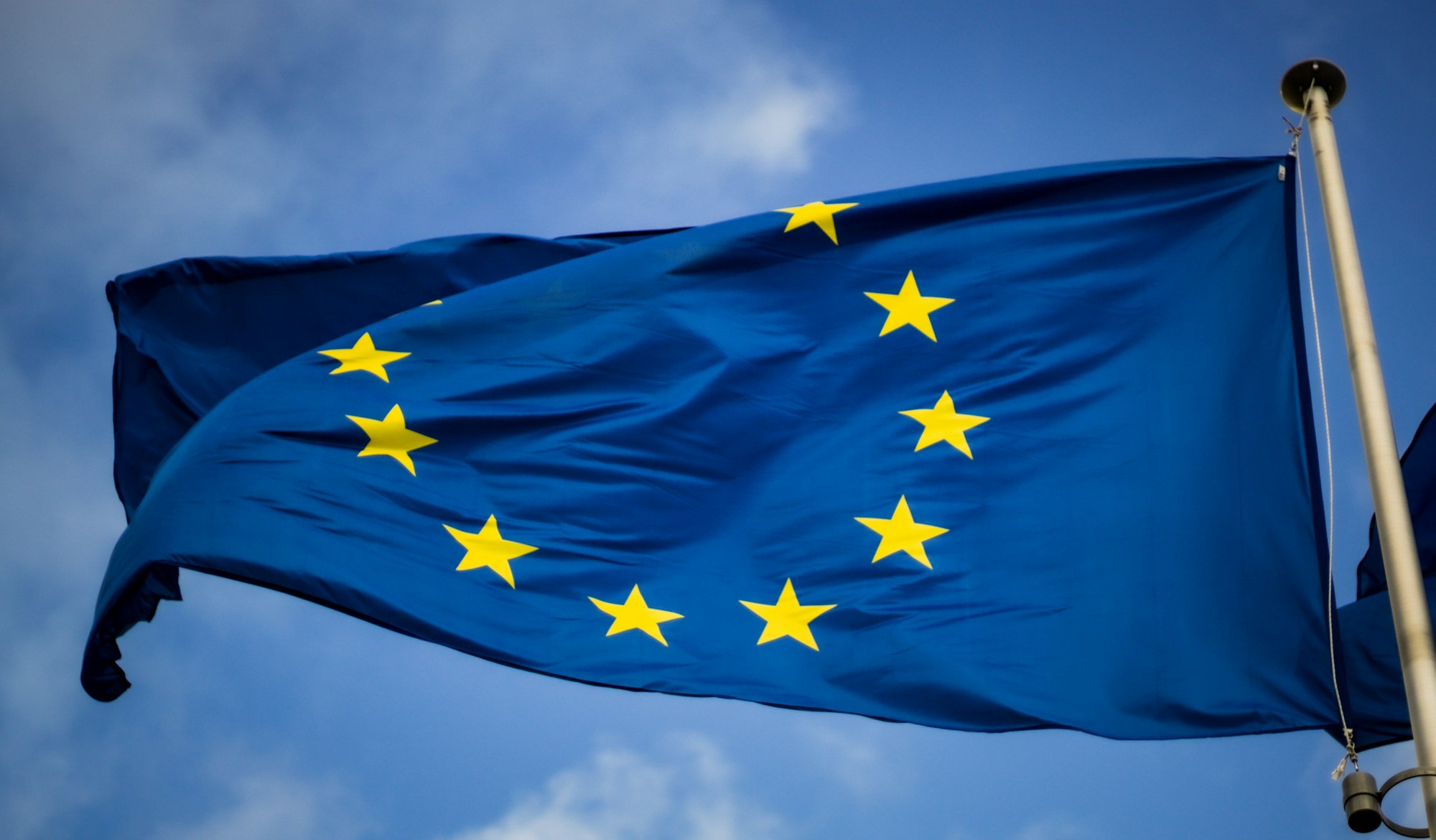
2. Data Privacy 2.0: Beyond GDPR and CCPA
The principles of GDPR and the California Consumer Privacy Act (CCPA) are now the baseline, not the ceiling. In 2025, we're seeing the enforcement of a new wave of U.S. state privacy laws in places like Texas, Oregon, and Montana.
What You Gotta Know:
- The Rise of Sensitive Data Categories: These new laws place heightened restrictions on the processing of "sensitive personal information," which now explicitly includes precise geolocation data, genetic data, and, in some cases, inferences drawn about a consumer. Opt-in consent for processing this type of data is becoming the standard.
- Data Minimization in Practice: Regulators are no longer just asking if you have consent to collect data; they're asking why you need it. The principle of data minimization—collecting only what is absolutely necessary for a specified purpose—is a key enforcement priority. Organizations must be prepared to justify every piece of data they collect and store.
- Automated Decision-Making Scrutiny: Consumers now have the right to opt out of their data being used for profiling and automated decision-making. This directly impacts businesses using AI for ad-targeting, credit analysis, and hiring. You must have transparent processes and provide clear opt-out mechanisms.

3. The Clock is Ticking: SEC Mandates on Incident and Risk Disclosure
The U.S. Securities and Exchange Commission's (SEC) cybersecurity disclosure rules are now in full effect, and public companies are feeling the pressure. This has fundamentally changed the conversation around cyber incidents from an IT problem to a board-level financial risk.
What You Gotta Know:
- The Four-Day Rule: Public companies must now disclose any cybersecurity incident deemed "material" within four business days of that determination. Defining "materiality" is the new challenge, requiring close collaboration between IT, legal, and executive teams.
- Annual Risk Management Reporting: In your annual 10-K filings, you must now provide a detailed description of your company's processes for assessing, identifying, and managing material risks from cybersecurity threats. You must also describe the board of directors' oversight of cyber risk and management's role and expertise in this area. This is not a technical report; it's a governance disclosure.

4. Your Supply Chain is Your Compliance Chain
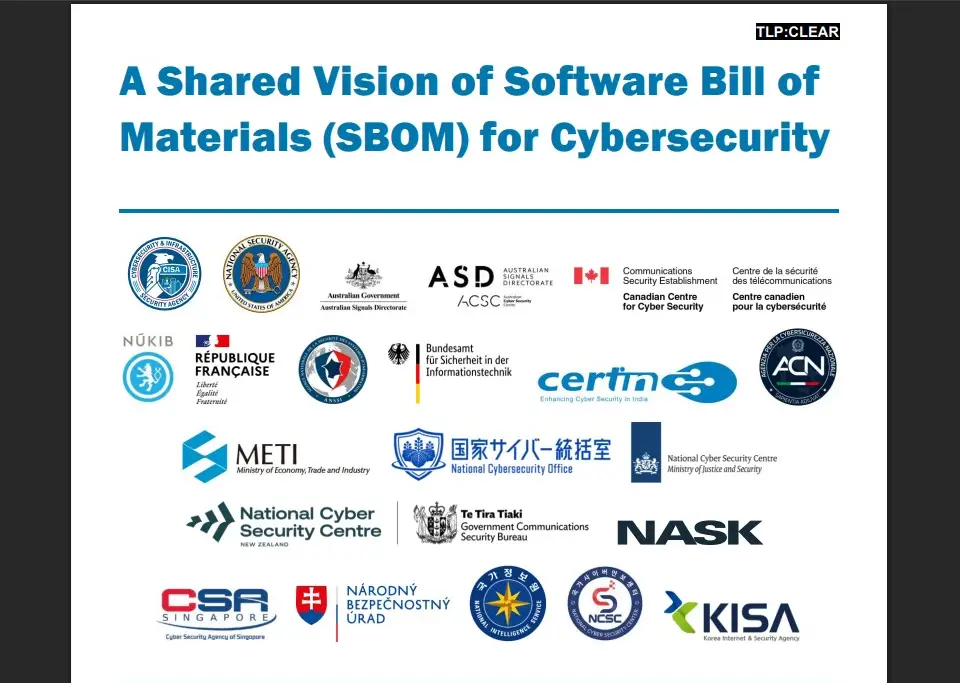
Recent widespread attacks, like the campaign targeting third-party SaaS platforms, have solidified a critical truth: your organization's compliance posture is inseparable from that of your vendors.
What You Gotta Know:
- Third-Party Risk Management (TPRM) is Non-Negotiable: Regulators are increasingly looking at supply chain security. An incident originating from a vendor is still your responsibility. Robust TPRM programs that include security assessments, contractual obligations, and continuous monitoring are now a baseline expectation.
- CMMC 2.0 for Defense Contractors: If you are part of the Defense Industrial Base (DIB), compliance with the Cybersecurity Maturity Model Certification (CMMC) 2.0 is becoming a requirement for winning new contracts. This framework mandates specific cybersecurity standards based on the sensitivity of the federal information you handle. Even if you're not in the DIB, CMMC provides an excellent model for structuring your own supply chain security program.

Actionable Compliance Checklist for Q4 2025
The landscape is daunting, but inaction is not an option. Here are the immediate steps every organization should be taking:
- Conduct an AI Inventory: Identify all AI systems in use or development within your organization. Classify them according to the EU AI Act's risk tiers.
- Review and Test Your Incident Response Plan: Can you meet the SEC's four-day disclosure window? Does your plan include clear criteria for determining "materiality"?
- Map Your Sensitive Data Flows: Understand exactly what sensitive data you collect, where it's stored, and why you need it. This is crucial for complying with the new wave of state privacy laws.
- Audit Your Vendor Contracts: Review contracts with critical vendors to ensure they include strong cybersecurity clauses, breach notification requirements, and right-to-audit provisions.
- Brief Your Board and Executive Team: Ensure leadership understands their explicit role in cybersecurity oversight as required by the SEC and other emerging governance standards.
The compliance world of 2025 demands proactivity. The regulations discussed today are not future concerns; they are present-day realities with significant financial and reputational consequences. Building a culture of security and compliance is the only way to successfully navigate the crossroads ahead.


